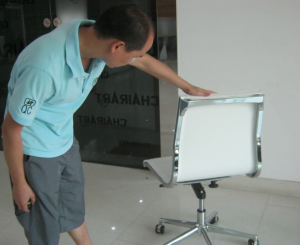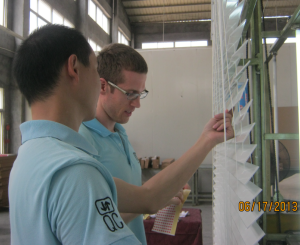Brooms are manufactured by trained employees who assemble thousands of brooms by hand. On average 28 trained employees can produce approximately 6,000 brooms per day. The trained employees complete a large part of the broom inspection and quality control tests during the production stage. They assist in ensuring the product remains high-quality throughout the entire production process.
Types of Brooms Manufactured for Consumer and Industrial Use:
- Snow Broom
- Angled Broom
- Corn Broom
- Whisk Broom
- Push Broom
- Concrete finishing Broom

- Vehicle Broom
- Garage and patio Broom
- Contractor Broom
- Barn Broom
- Combo broom usually equipped with a squeegee or scraper
- Street broom
- Deck broom
- Ergonomic Broom
ASTM PS135-02 Standard Specification for Labeling An Upright Broom
The standard specification for labeling an upright broom establishes labeling and package requirements for upright brooms. Under the ASTM PS135-02, brooms must be classified and labeled according to material content in one of the three categories:

- 100% Corn Fiber - Only contains 100% corn fiber.
- Natural Fiber - Only contains natural fibers
- Substitute Fiber - Only contains a combination of natural and filler fiber

The raw material used in a broom is a type of grass. The grass is in most cases shipped bundled into large bales of grass. The bundles of grass are then divided into groups according to their appropriate length and color variation of the grass. An 18 gauge metal wire is then used to secure the grass to the handle. A small pinhead nail is used to secure the wire to the wooden handle. Thick colored twine is used to sew the grass to the brooms flat using a specialized industrial sewing machine. Finally, small amounts of water are added to the grass once the broom has been completed in order to work the grass into the final shape.






